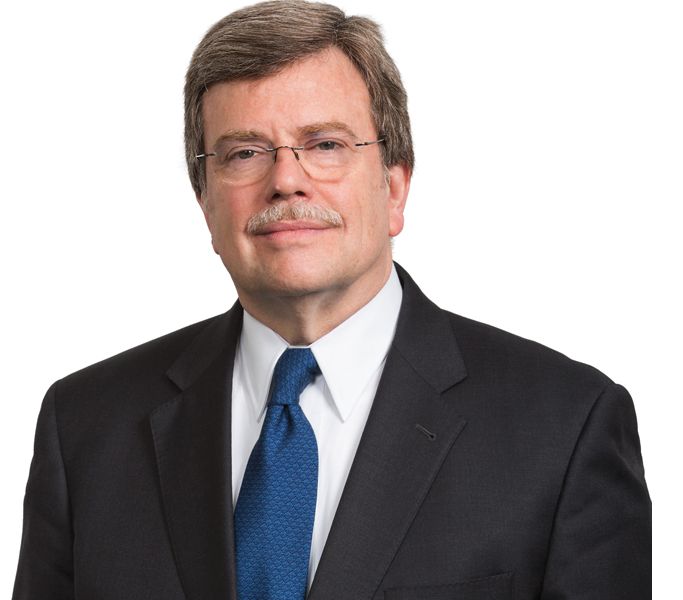Natixis Global Asset Management Expands Portfolio Research and Consulting Group
| By Alicia Miguel | 0 Comentarios
Natixis Global Asset Management (NGAM) has announced four new appointments to its Portfolio Research and Consulting Group. Julien Dauchez joins as Consultant, Xavier Lassau and Narimane Agha join as Junior Analysts and Graham Brewster is relocated from the Boston Portfolio Research and Consulting Group; all four will be based in the firm’s London office and will report to James Beaumont, head of the London Portfolio Research and Consulting Group.
The Portfolio Research and Consulting Group was first launched in the US in 2011 and has since grown to a team of 30 people in the US and the UK bringing financial advisers an independent perspective on their model portfolio allocations and helping them build more durable portfolios for their clients. The team brings advanced analytical capabilities derived from sophisticated, institutional grade software to help advisers improve the way they create and manage client portfolios. Their analysis focuses primarily on risk, including identifying and qualifying risk, developing a risk budget and understanding risk exposures to improve diversification with a goal of achieving better returns with lower overall volatility.
Dauchez, who brings sixteen years’ of investment experience and significant expertise in creating financial solutions for institutional investors, will focus on expanding the group’s activities in France, Switzerland, Luxembourg and Belgium as well as among institutional investors. Prior to joining NGAM, Dauchez ran his own consultancy firm and was a Director at Barclays Capital where he worked on delivering cross asset fund solutions and quantitative investment strategies for private banks and pension funds in Europe and the US.
Brewster worked for 3 years with the US Portfolio Research and Consulting Group and he joined the London team to help deliver a consistent global service to advisers and their clients across the globe. Lassau joins from Amundi in Paris where he was a quantitative risk analyst and Agha joins from Natixis AM, also in Paris, where she worked as a quantitative analyst in the risk measurement team.
Of the appointments, Beaumont commented “As concerns escalate over the state of investors’ retirement pots, the role of the financial adviser has never been more crucial, and it is the responsibility of asset managers to ensure that the adviser community is fully equipped. We are continuing to expand our portfolio analysis capabilities to provide advisers with the tools they need to build portfolios that meet their clients’ long term investment objectives.”







